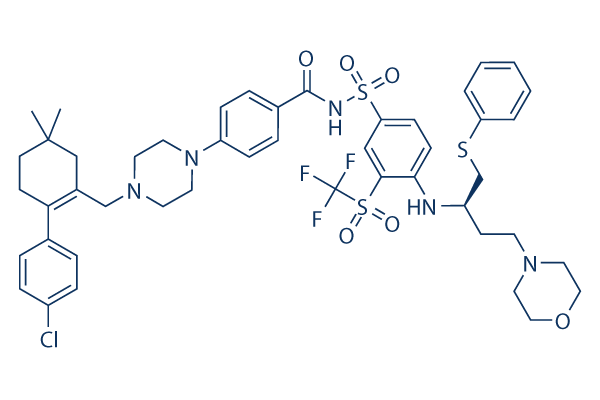3. Fourteen ul have been applied to every root. Handle plants obtained 14 ul of sterile water. This time stage was called d seven and was the 1st time point of measurement of maximal photosystem II effi ciency, which was measured utilizing Imaging PAM fluorometer while in the following method, seedlings have been subjected to a saturated light im pulse of 3000 uE/m2s and 0.7 selelck kinase inhibitor sec duration to create maximal fluorescence and simple fluorescence, from which maximal Fv/Fm was calculated. Effects had been primarily based on two values of ten plants per each time level. Each and every treat ment contained in total 30 plants in three independent repetitions. Standard deviation was calculated based mostly on mean values of individuals repetitions. Seven days just after bacter ial inoculation of roots, 2 to 3 leaves of each seedling were contaminated with 1 ul just about every of the 5×105 spores/ml suspension of Alternaria brassicicola.
Condition index was determined often from day 3 post Alternaria brassicicola infection primarily based on Epple et al. The spread of fungal infection on every single leaf was assessed at d3, d5, d7, d11, and d14 publish Alter naria brassicicola inoculation, veliparib ic50 and quantified in courses 1 to six, class 1, no infection, class two, infection restricted to web site of inoculation, class 3, symmetric spread of infec tion close to inoculation site, class 4, asymmetric spread of infection all around inoculation web site, class 5, beginning sporulation of pathogen, and class six, 50% of depart surface contaminated. Condition index was calculated as i x l/n wherever i is infection class, l amount of leaves during the respective class and n is total number of infected leaves. Success have been calculated as mean values of three independent repetitions each containing twenty infected leaves of 10 plants per treatment method. Regular deviations were calculated from indicate values of inde pendent repetitions.
Background Pockmarks, described as craterlike depressions within the seafloor, had been 1st found on the Scotian Shelf and are likely to be formed by ascending gasoline or water. The features have later been discovered through the entire worlds oceans, e. g. the Norwegian continental slope, the equatorial West African margin, the Bering Sea along with the Belfast Bay, Maine. Pockmarks may well in some circumstances  be related to active seepage, such as at Gullfaks and Tommeliten, wherever methane is emitted on the seafloor. At these internet sites anaerobic methanotrophic archaea are actually located for being vital members of the microbial neighborhood from the sediments. ANME and their sulphate lowering bacterial partners are important gamers in anaerobic methane oxidation and ubiquitous in all me thane environments. One area characterized by a large density of pockmarks will be the seabed overlaying the Troll petroleum reservoir while in the North Sea. The pockmarks within this location have dia meters as much as about 250 m and depths up to all over ten m under the surrounding seafloor degree.
be related to active seepage, such as at Gullfaks and Tommeliten, wherever methane is emitted on the seafloor. At these internet sites anaerobic methanotrophic archaea are actually located for being vital members of the microbial neighborhood from the sediments. ANME and their sulphate lowering bacterial partners are important gamers in anaerobic methane oxidation and ubiquitous in all me thane environments. One area characterized by a large density of pockmarks will be the seabed overlaying the Troll petroleum reservoir while in the North Sea. The pockmarks within this location have dia meters as much as about 250 m and depths up to all over ten m under the surrounding seafloor degree.
Dehydrogenase Signal
LDH exists in four distinct enzyme classes.
